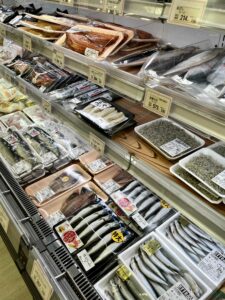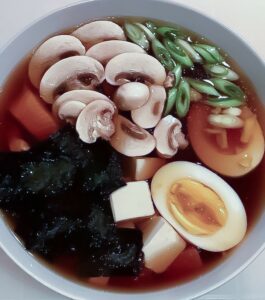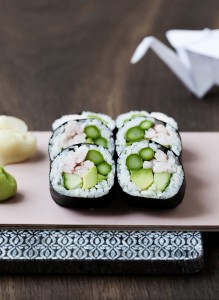
In Japan, onigiri is such a popular dish that Japanese people wait for several hours to buy onigiri from some of the best restaurants in Tokyo.
Basically, onigiri consists of a rice triangle with a tasty filling and the rice triangle is wrapped in nori seaweed, nori seaweed that most people know from sushi.
There are several reasons why the Japanese like to wait for hours to buy the best onigiri.
In Japan, boiled rice is not just boiled rice. As with sushi, a virtue is made out of cooking rice to perfection. The quality of the cooked rice determines how good the onigiri tastes.
In Japan, there are restaurants with menus with up to 50 different onigiri with their very own unique filling. There are almost no limits to what fillings can be used for onigiri.
Just like with sushi, onigiri is made by hand. In Japan, restaurants have refined their techniques in such a way that customers line up to taste just their onigiri. They make onigiri that make the bird sing and send their customers to heaven.
In the mini e-book: 5 healthy Japanese onigiri for one, you learn step by step how to make tasty onigiri suitable for everyday use and lunch.
_
Zoë has lectured and held sushi courses for A. P. Moller – Maersk, Hugo Boss Nordic, Novo Nordisk, Novartis, Velux, Gorrissen Federspiel, Beierholm revision, Elbek & Vejrup and many more.






